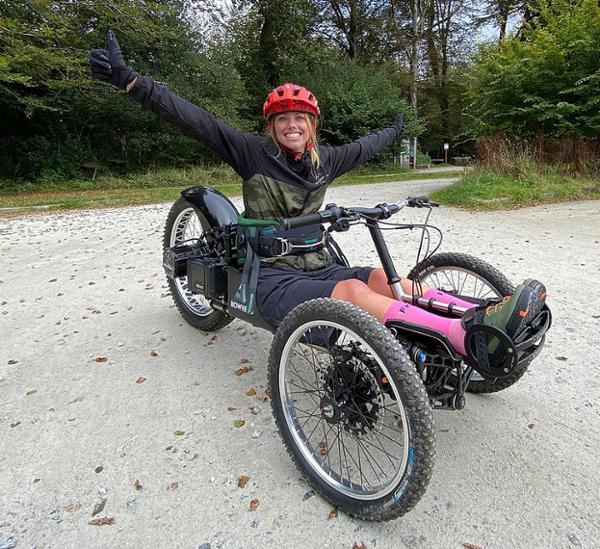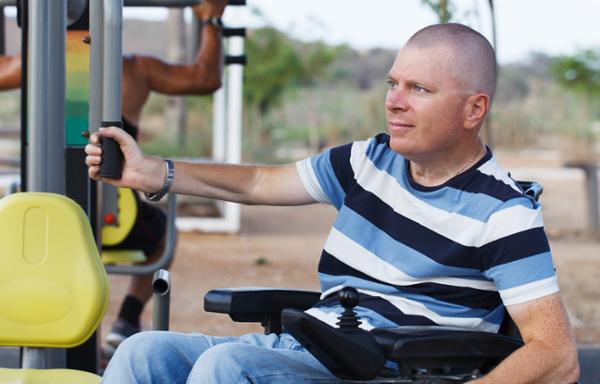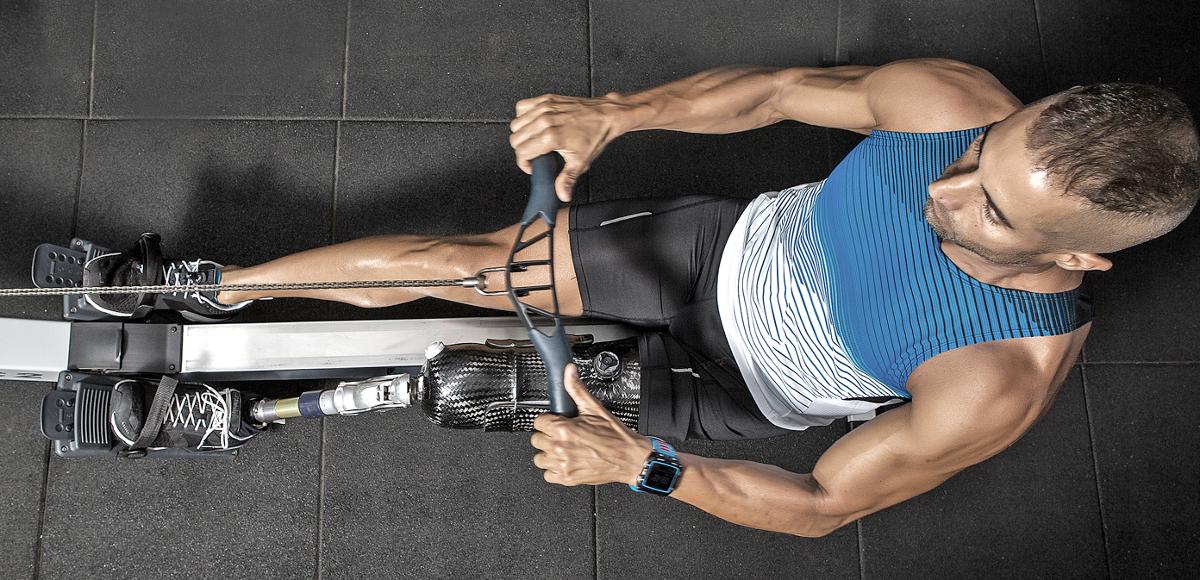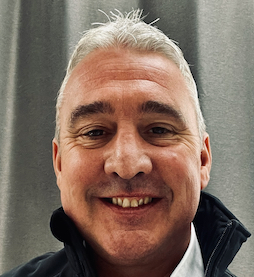A recent study by The Activity Alliance showed twice as many disabled people felt COVID greatly reduced their ability to do sport or physical activity (27 per cent) compared with non-disabled people (13 per cent). And although 70 per cent of people with disabilities say they want to be more active, they are put off by the physical, logistical and psychological barriers.
Hal Hargrave, CEO of The Perfect Step, says there are many barriers to entry for people with disabilities: fear of making symptoms or conditions worse and the unpredictability of the condition, motivation, time, lack of support and cost, as well as concerns about navigating around the facility and being able to use the equipment.
“In the gym environment self-consciousness is a significant barrier,” he says. “And this is compounded by the fact that physical activity messaging and imagery is often still geared towards communicating structured sport and exercise, using people who look very fit and are dressed in sportswear, which turns off people who don’t relate to this.”
Hargrave says gym staff don’t need to be an expert in numerous conditions and impairments to be able to support this audience. “It can simply be about asking the right questions and listening to the person,” he says.
Currently, only 67 of Britain’s 7,500-strong gym estate is accredited by the Activity Alliance’s Inclusive Fitness Initiative: less than 1 per cent. Many have accessible entrances, but have not given any thought to how disabled people will use the equipment, as many wheelchair users need gym equipment which allows them to stay in wheelchairs. Some blind people need voice-activated equipment. People with learning disabilities may need extra time with a coach so they can learn how to use the kit.
Negative attitudes
According to Kamran Mallick, CEO of Disability Rights UK, negative attitudes are a big barrier. “We hear from our community that negative attitudes towards their impairment, or being treated like an afterthought or burden can dishearten even the most confident person.
“But the purple pound is worth around £249bn in the UK alone, so the fitness industry must stop treating disabled people as an afterthought. Engage with this population, ensure your workforce is as diverse as the community you serve and always design inclusively.”
No stranger to the gym environment, founder of CG Yoga and Nutrition Casey Newton found going back to the gym after a mountain bike accident a daunting and difficult experience, citing the many barriers around space and equipment.
“Moveable seats on gym equipment so wheelchair users can use kit from the chair, or adapted gym equipment would be helpful,” she says. “And it would make me feel confident if gym staff are able to help me, because currently I can’t go to the gym on my own. Wider spaces to allow wheelchairs to be manoeuvred between the equipment and dedicated floor space for wheelchair users with easy access to the weight rack, would all make life easier.”
With its sector-wide consultation, Everyone Can, UK Active has recognised the problem and made a commitment to improve inclusivity and accessibility. It will be working to raise awareness, develop collaborative partnerships with the disability sector and share learnings and evidence. This year began with a series of roundtables bringing members together with organisations from the disability sector to progress the conversation.
UK Active chair, Tanni Grey-Thompson, says: “Over the coming year we will deliver insights specific to fitness and leisure, including the needs and motivations of disabled people and the recommended solutions for the sector to implement.”
Starting the change
For operators wanting to improve their offering for people with disabilities, both The Activity Alliance and We are Undefeatable are good places to start for resources and support.
Disability charity Aspire has also released three guides to support the industry to attract more disabled people to the workforce. Employability Leisure aims to create more accessible and inclusive training and workplaces, following the successful Instructability programme which helped hundreds of disabled people to qualify as fitness professionals.
Ray Ashley, director of partnerships for Activity Alliance, says gyms have a huge responsibility to ensure facilities are both inviting and accessible and involve disabled people in the decision making.
“There are so many ways facilities can support disabled people to be active and make it a meaningful experience,” he says. “Ensuring they have considered the space and equipment’s accessibility is an important part, but so is actively engaging with disabled people within the local community.
For facilities to be genuinely inclusive and welcoming, more disabled people must be part of the decision-making and consulted throughout. We cannot continue to ignore a large proportion of our society within the leisure industry if we want to tackle deep-rooted inequalities.”

























































